How to photograph wildlife in your local green space
By Earth Trust ft. Gemma Warr, volunteer photographer
From the buzz of bolder insects, to fleeting views of some of our shyer mammals, seeing and photographing wildlife is one of the great joys that can come from spending time in green spaces. If you’re one of the lucky ones that gets to experience some of our wildlife this summer, please do your bit to ensure it can thrive by keeping your distance and creating as little disturbance as possible #LoveItLookAfterIt
This week we caught up with one of our volunteer photographers, Gemma Warr. Here Gemma shares some of her top tips for wildlife photography and lets us in on how some of the beautiful shots below were taken.
Top tips
- Be patient! Wildlife photography can be time consuming – I’m currently trying to get a photo of the tawny owl I hear in the evenings, but even knowing exactly where it is it’s taking time to get the shot I’d like.
- Research the species you want to photograph. That might be knowing what prints to look for, calls to listen out for, or knowing how to recognise certain burrows or nests. As well as knowing when that animal is most likely to be active of course! Combine that with a pair of binoculars and it will be much easier to find them.
- Go when it’s quiet. Sometimes I’ll head out just as the sun is rising to make sure my camera is set-up ready. I can then sit quietly as animals like muntjac deer start to appear.
- Avoid wearing very bright or white clothing as the colours and reflections can spook wild animals. Green or brown is ideal!
- Don’t go in a crowd – if you’re going out on your own, make sure someone else knows where you’ve gone and when to expect you back. If you go out with others, try and keep it to a maximum of three people to optimise your chances of wildlife feeling safe to come out.
There are so many great things to learn, but mainly just get out there, getting snapping and enjoy your surroundings! – Gemma Warr, volunteer photographer
Below Gemma has shared some of her favourite images, all captured with sensitivity and respect for the wildlife photographed. If you’re heading out to take photos please stick to footpaths where possible, and avoid disturbing wildlife by keeping your distance and allowing animals to move freely in their own habitat. #LoveItLookAfterIt
Gemma’s favourite images:
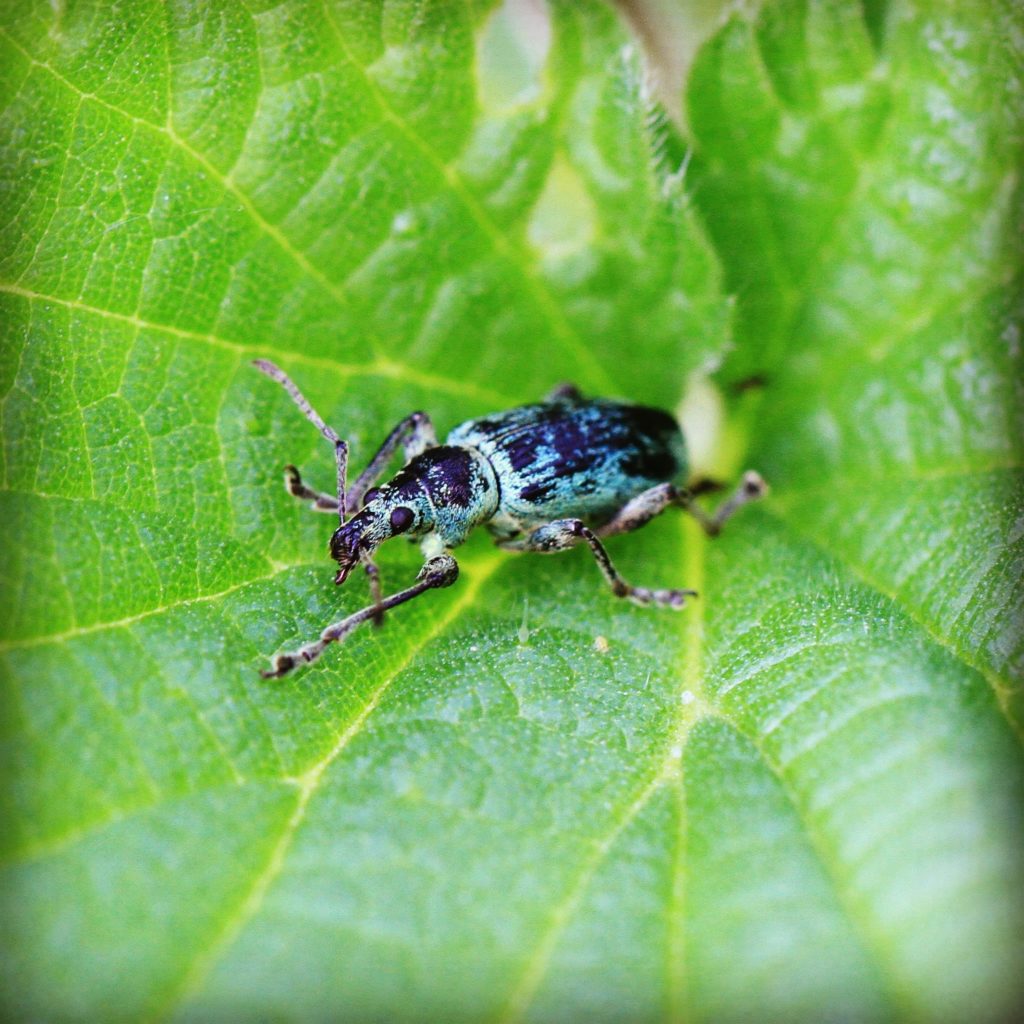
I used a macro lens to capture this weevil beetle, but phone cameras on selective focus or the pro setting can get just as good results. I find that insects are calmer in the early morning or late evening, so it’s easier to get better shots then. Note that on a windy day it will be trickier, and you’ll need to increase your shutter speed.
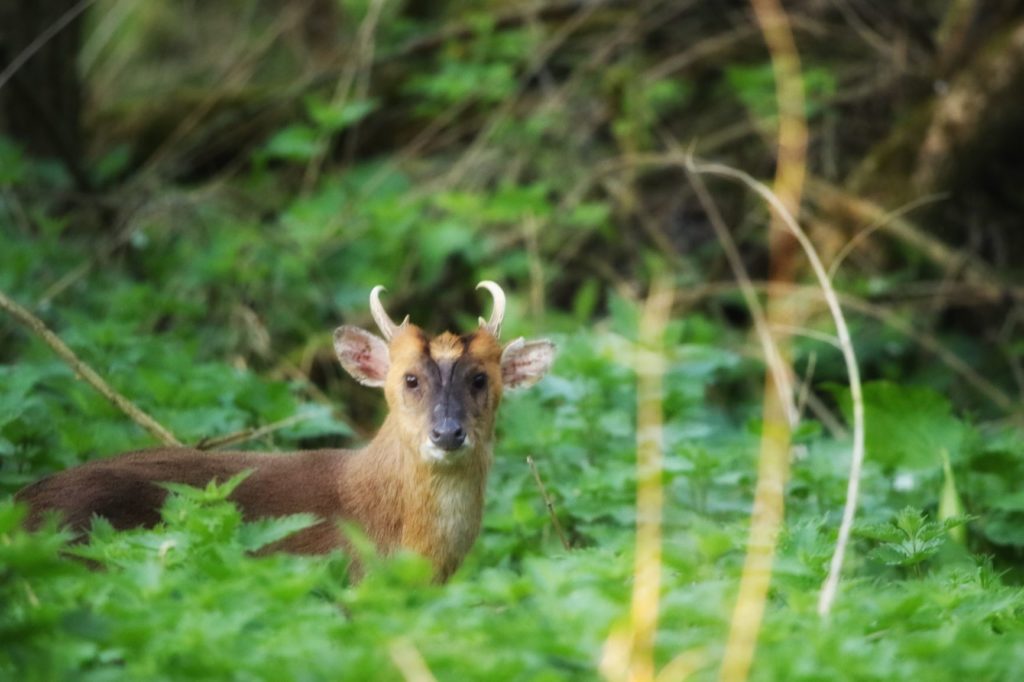
This photo of a muntjac was taken deep in Little Wittenham Wood. I sat low by the shrubs, and got stung a lot! This one was all about keeping quiet and not moving too much.
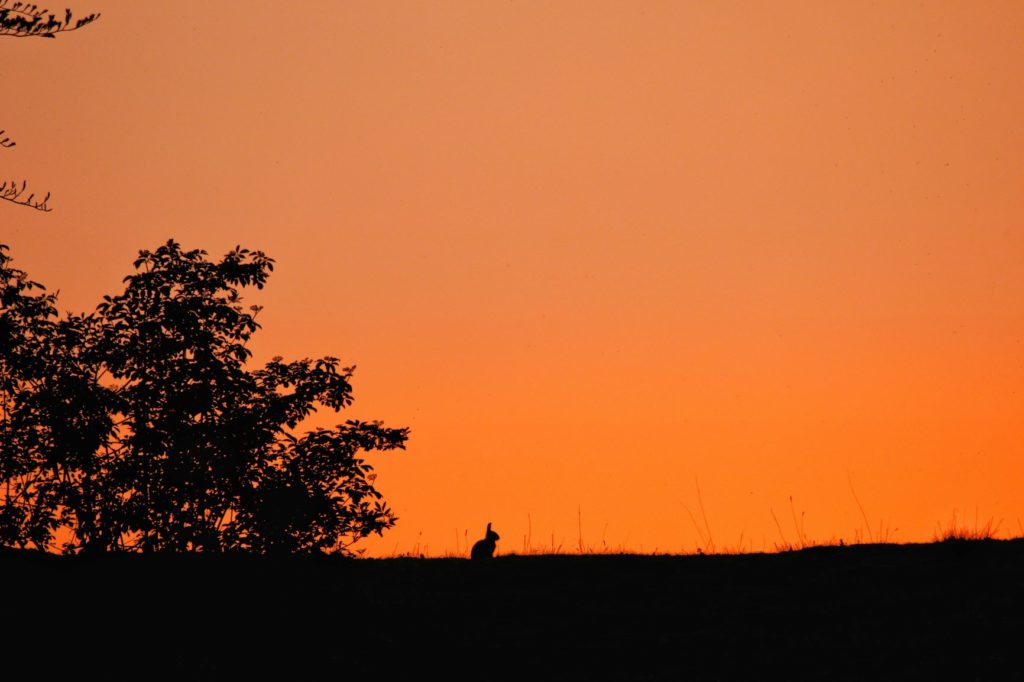
Two of my favourite photos are these rabbits, taken at sunset at Wallingford Castle Meadows. I needed a large depth of field (to keep the whole landscape silhouette in focus as well as the rabbits) so I increased my shutter speed and kept my ISO relatively low.
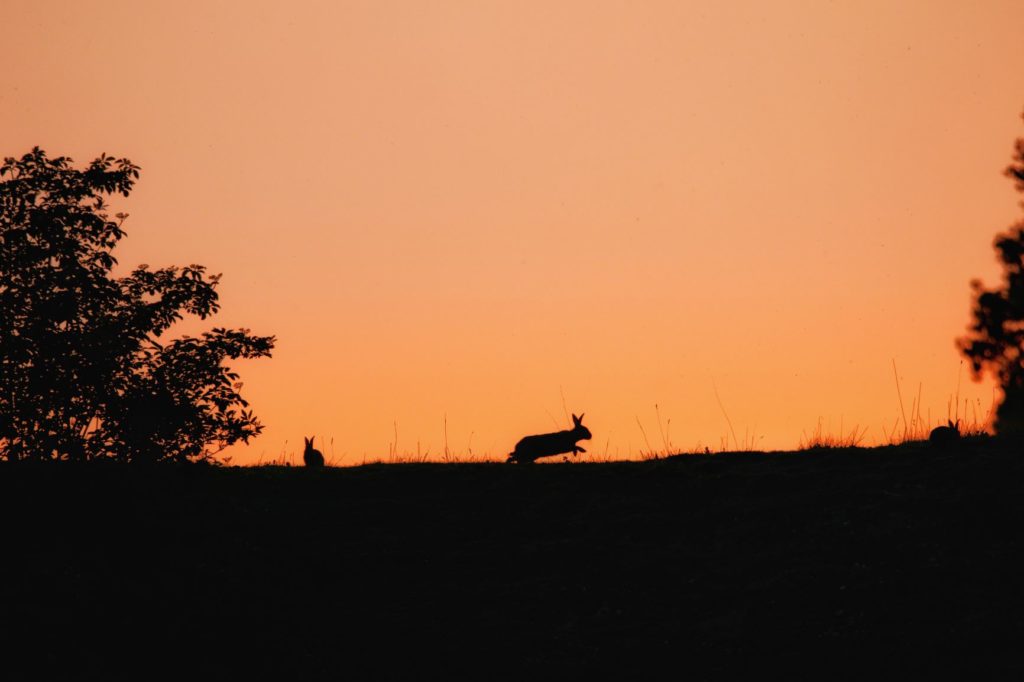
A great tip for wildlife photography is to keep the subject in focus and blur your background. To do this I tend to use an aperture setting of around 5.6 (most smart phones also have pre-sets to achieve this too). When photographing birds try and find a branch or post that is clear from distractions, such as other branches or leaves that might interrupt your shot. This blue tit was taken at Thrupp Lake:
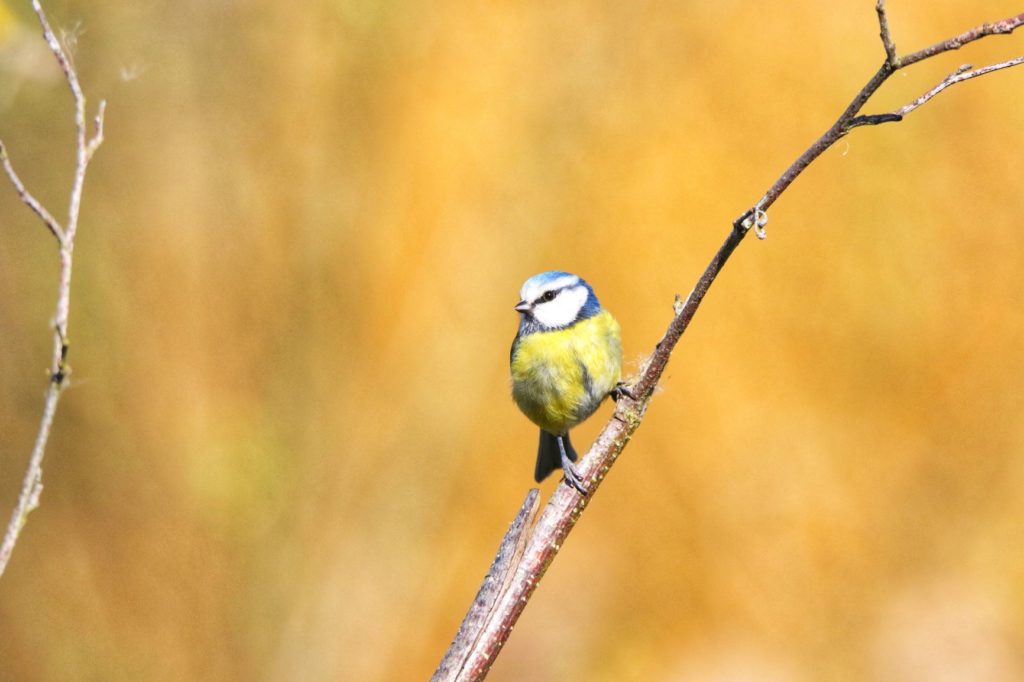
A huge thank you to Gemma for taking the time to share these amazing photographs and top tips with us. If you love experiencing the wildlife at our places, please help look after them by leaving green spaces as you find them. Thank you.